Anthropology and Technology
Our lab is a space for mutual provocations between technologies of surveying and ethnographic ways of seeing. How have ethnographers adapted methodologically to witness events in the digital age? What insight can the history of ethnography provide for the future of biometrics and tracking?
We introduce automated investigation techniques for mining data online, and utilize computer vision to track and collect biometric data. How can ethnographers engage these tools to augment an ethnographic output? Can these tools be used to create collaborative outputs co-produced by interlocutors and communities? What does an ‘open-source’ model look like for ethnography?
The lab encourages participants to envision a creative dismantling of designed power systems: Once you have learned to find faces, you can also obfuscate or swap faces -- providing camouflage, subversion, or protection. Can ethnography inform biometric design to create methods of anti-profiling? How can ethnographic expertise inform critical consciousness and disruption of mass surveillance?
Many thanks to the creators of Recon-ng, waybackpack, theHarvester, and all of the other tools we used. These tools are not being redistributed without acknowledging their creators, and definitely will not be used to make money. We basically built a shim for the tools to slightly unify them for a demo to anthropologists on the power of OSINT information gathering.
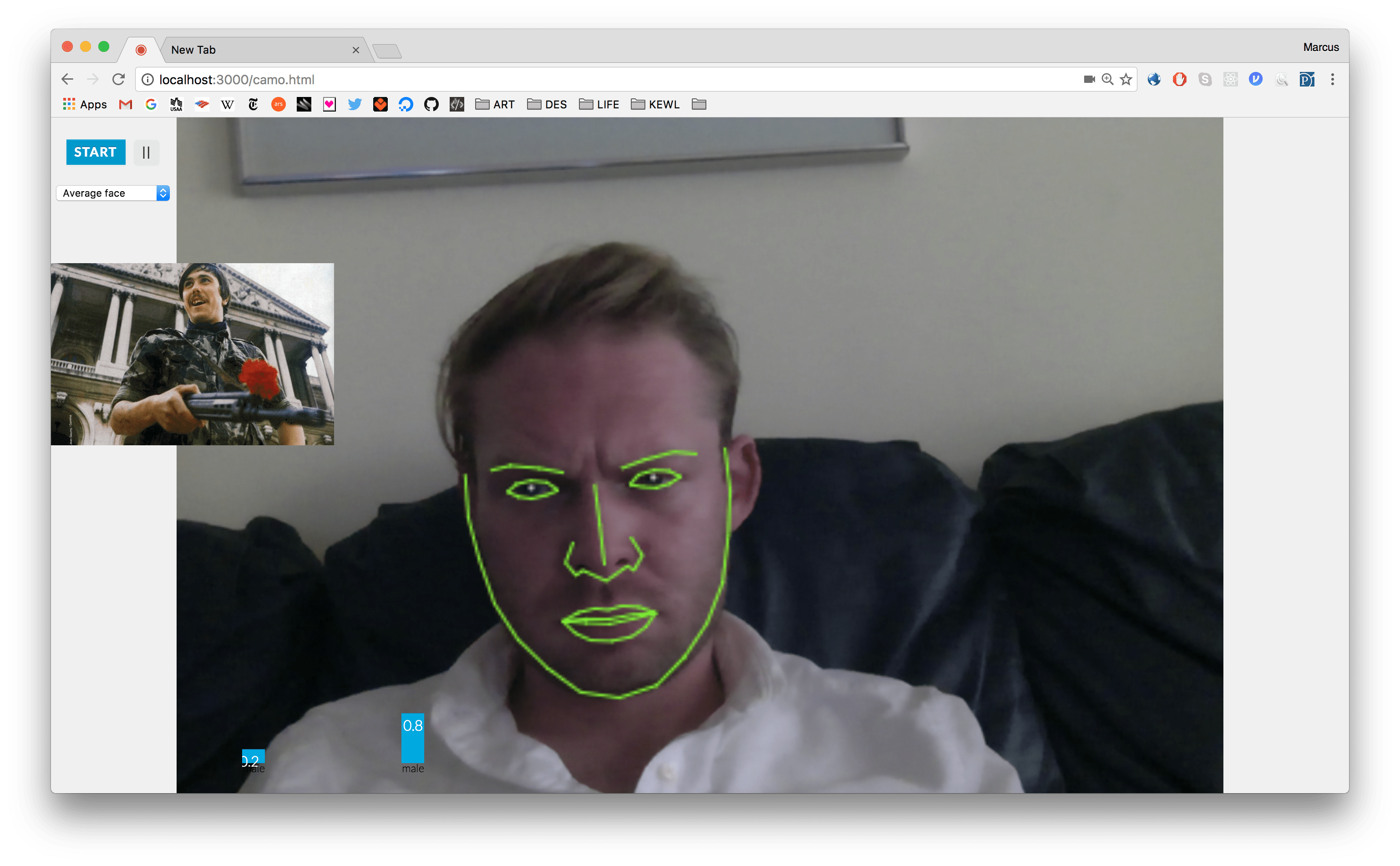
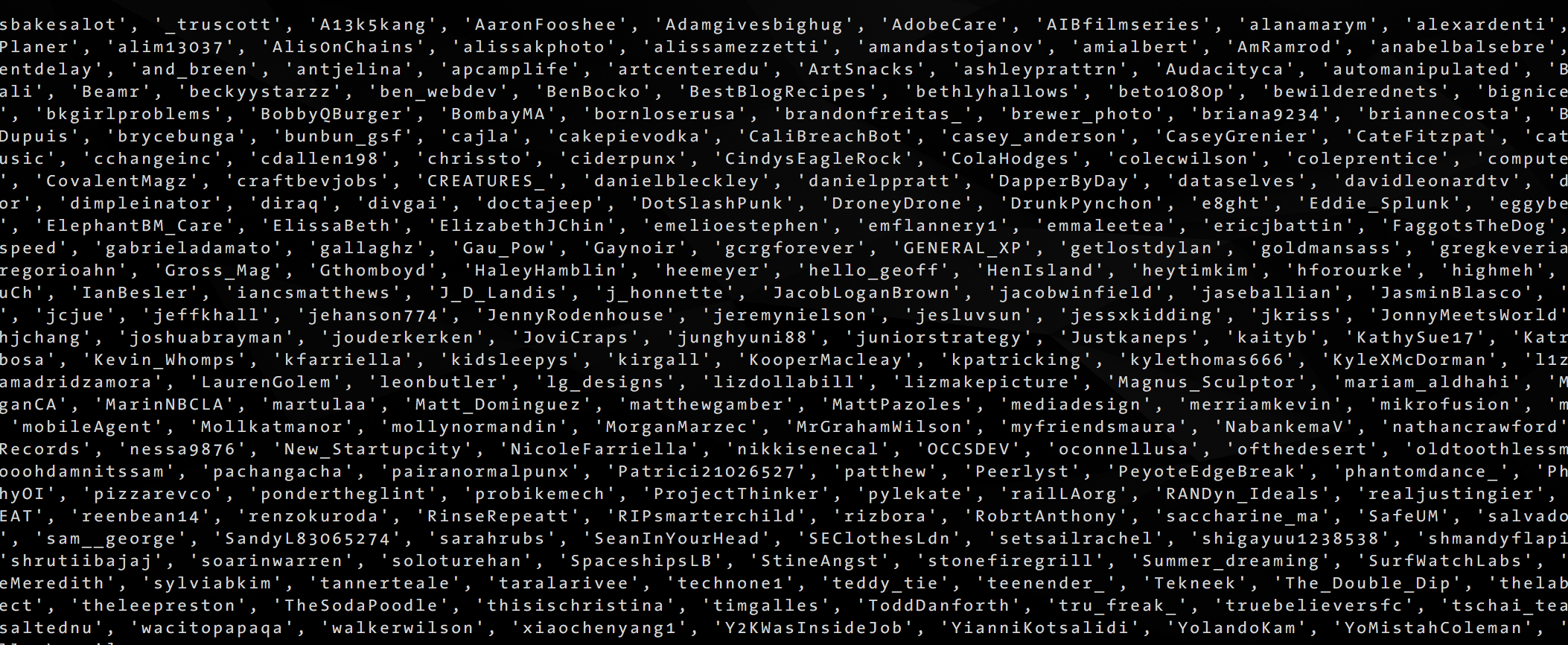
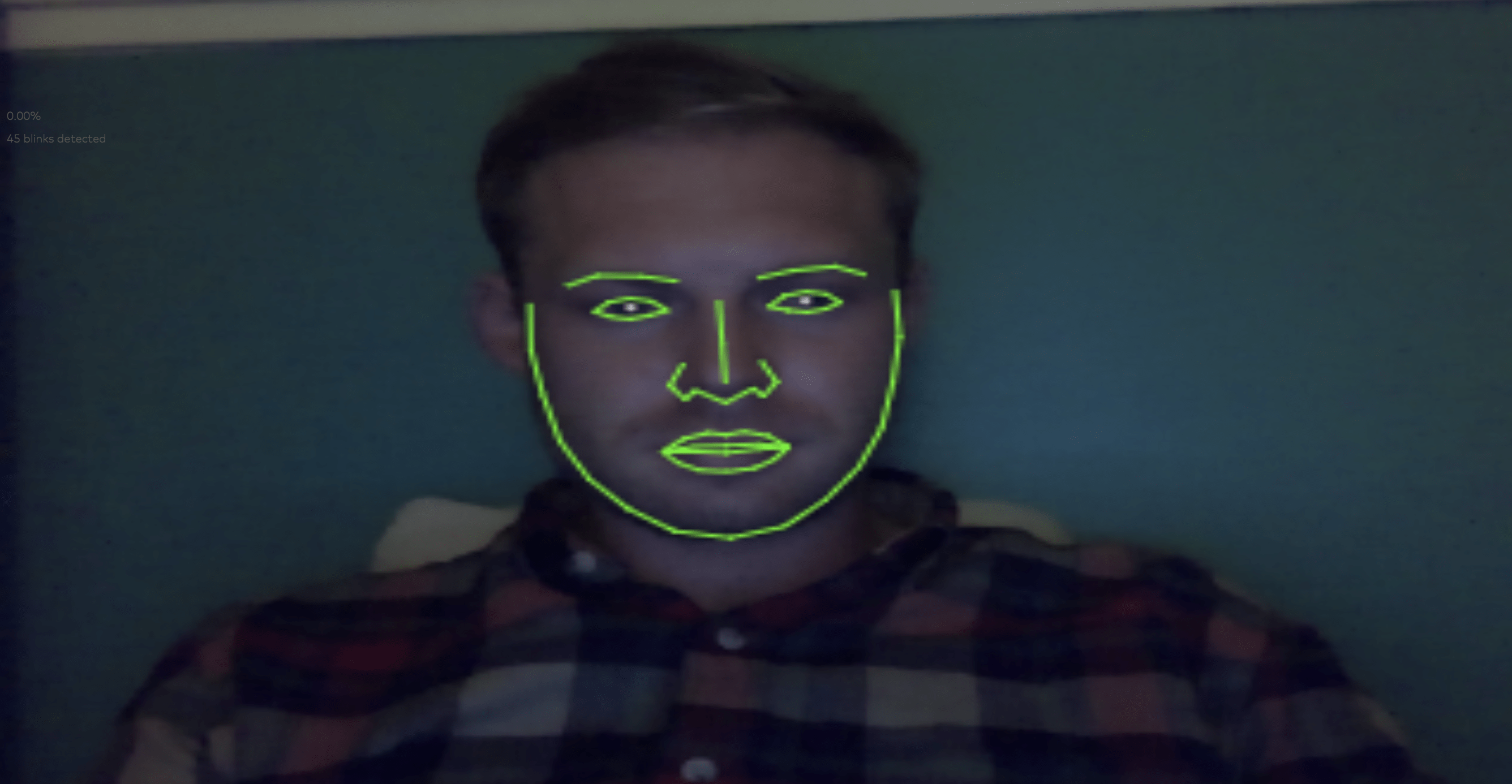
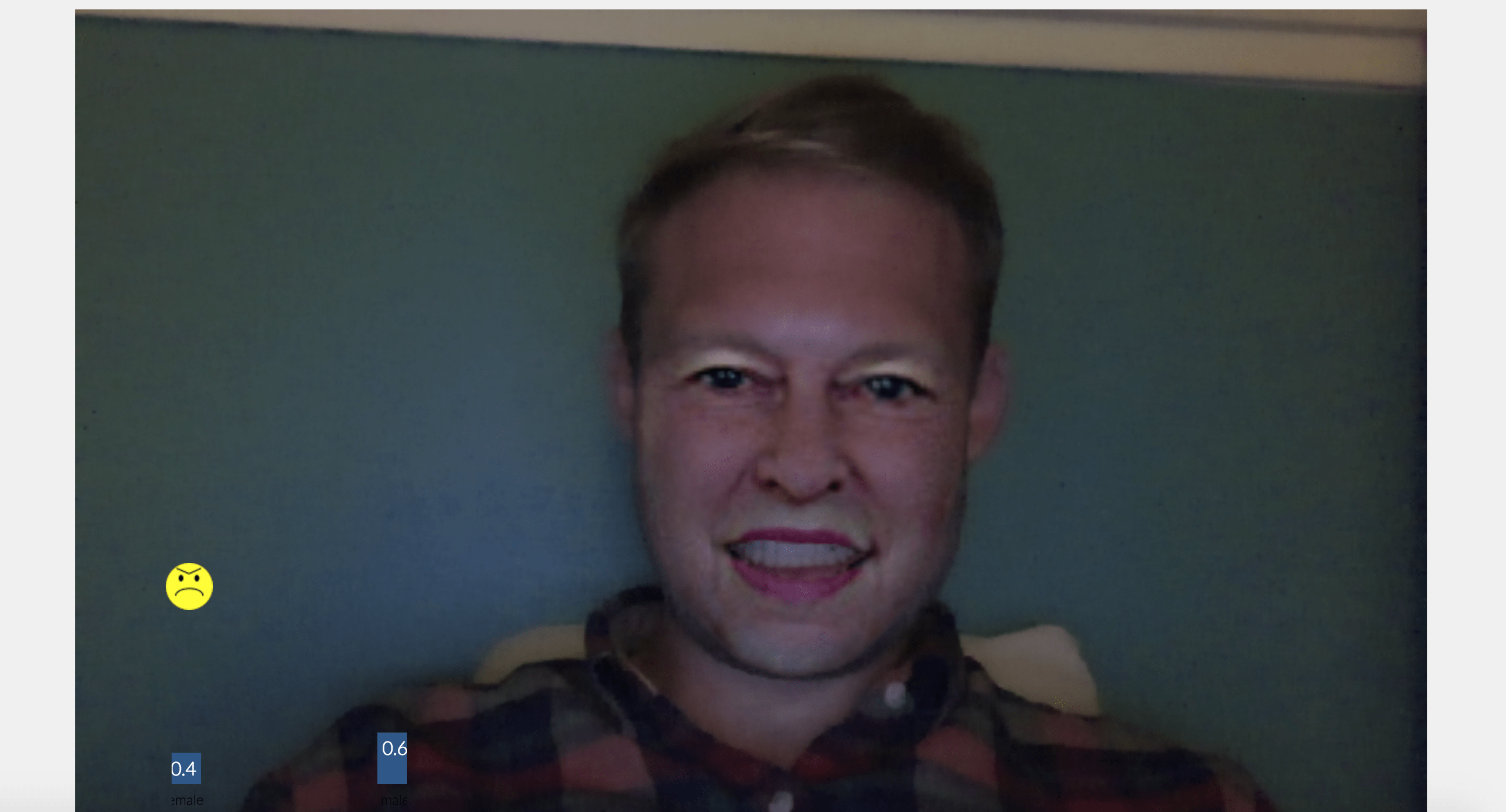

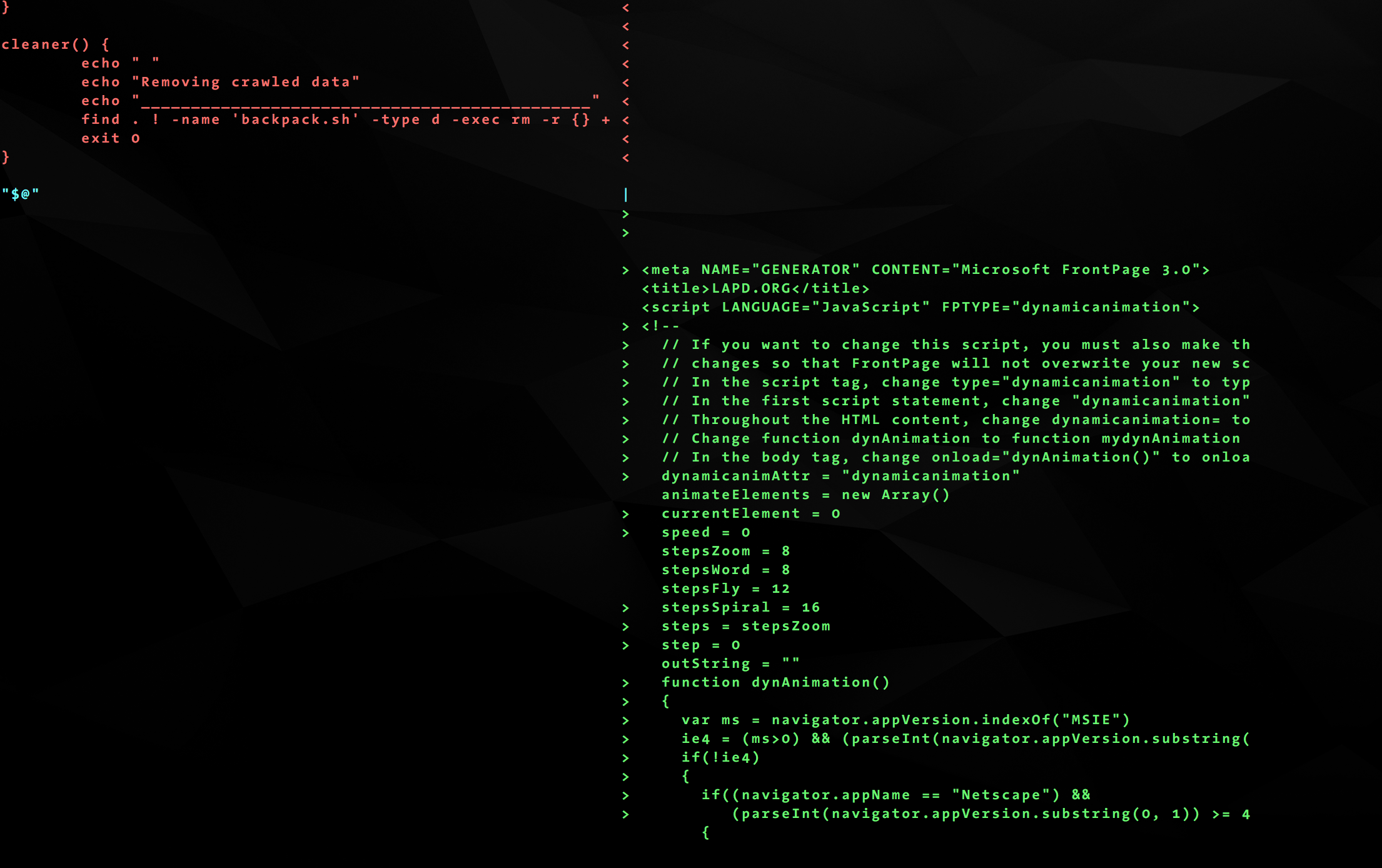



Visit the lab's github for deeper information about installation and usage. The readme has super in-depth information about the toolkit and how it works.